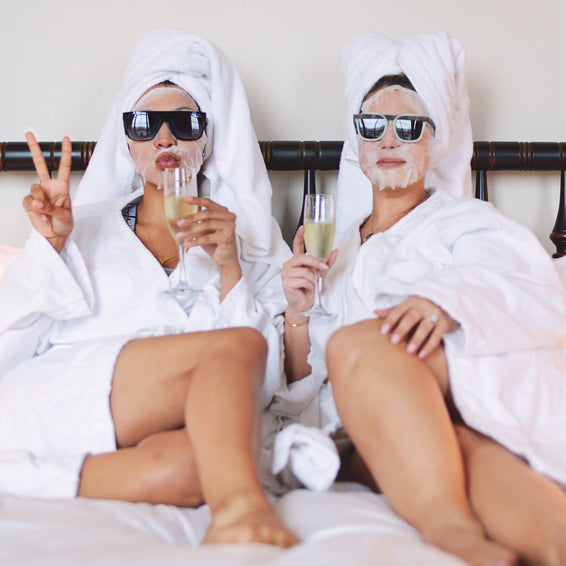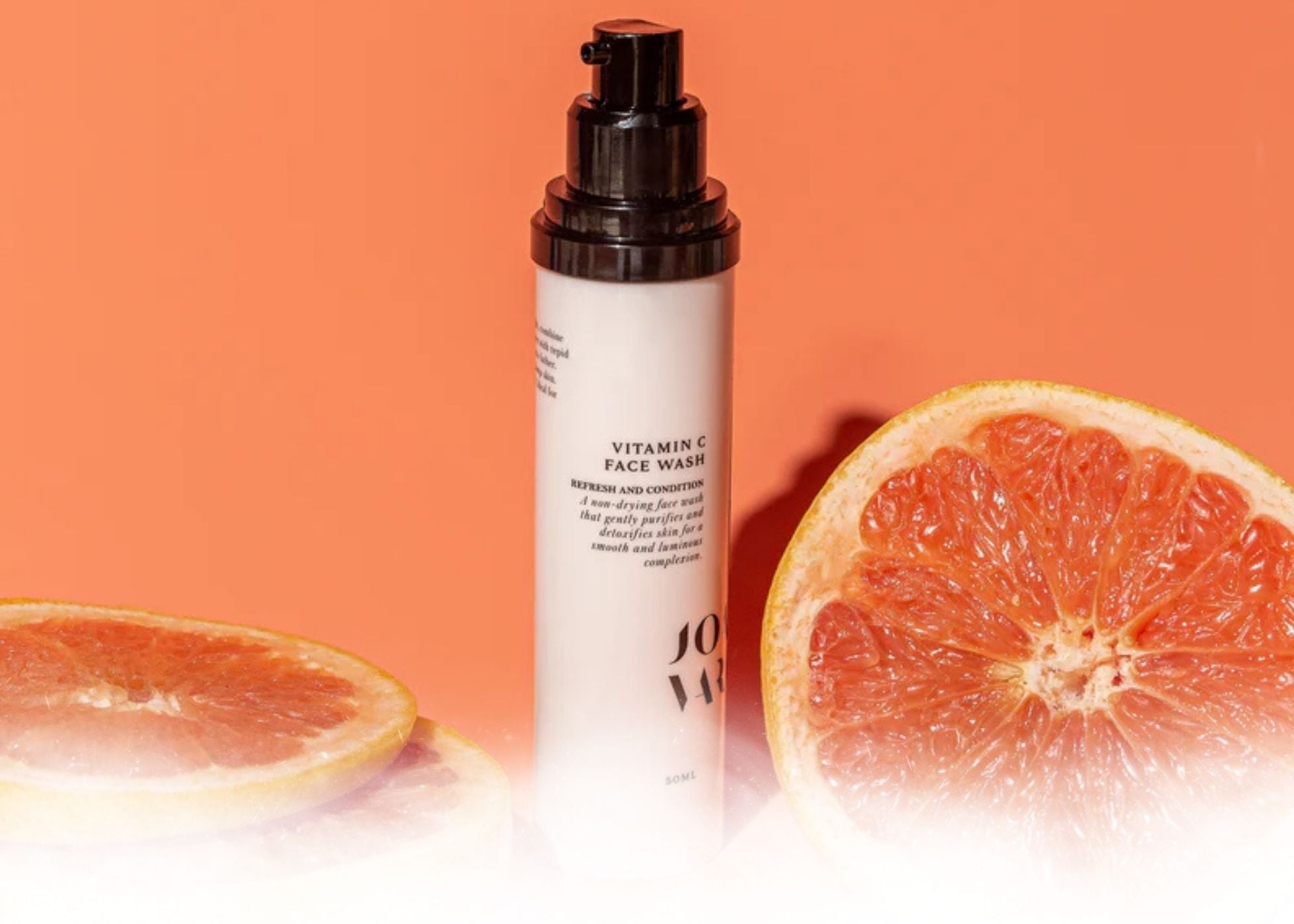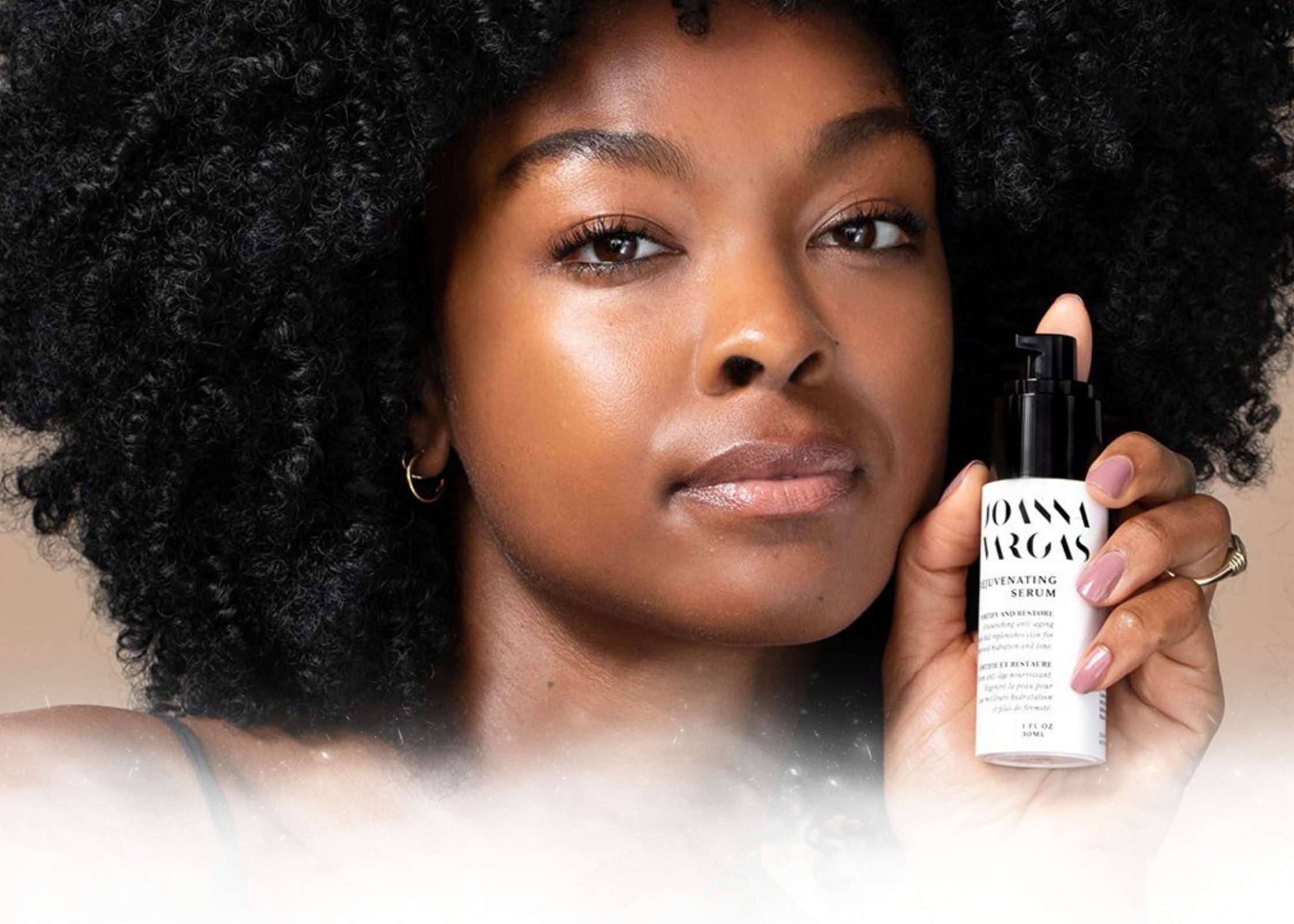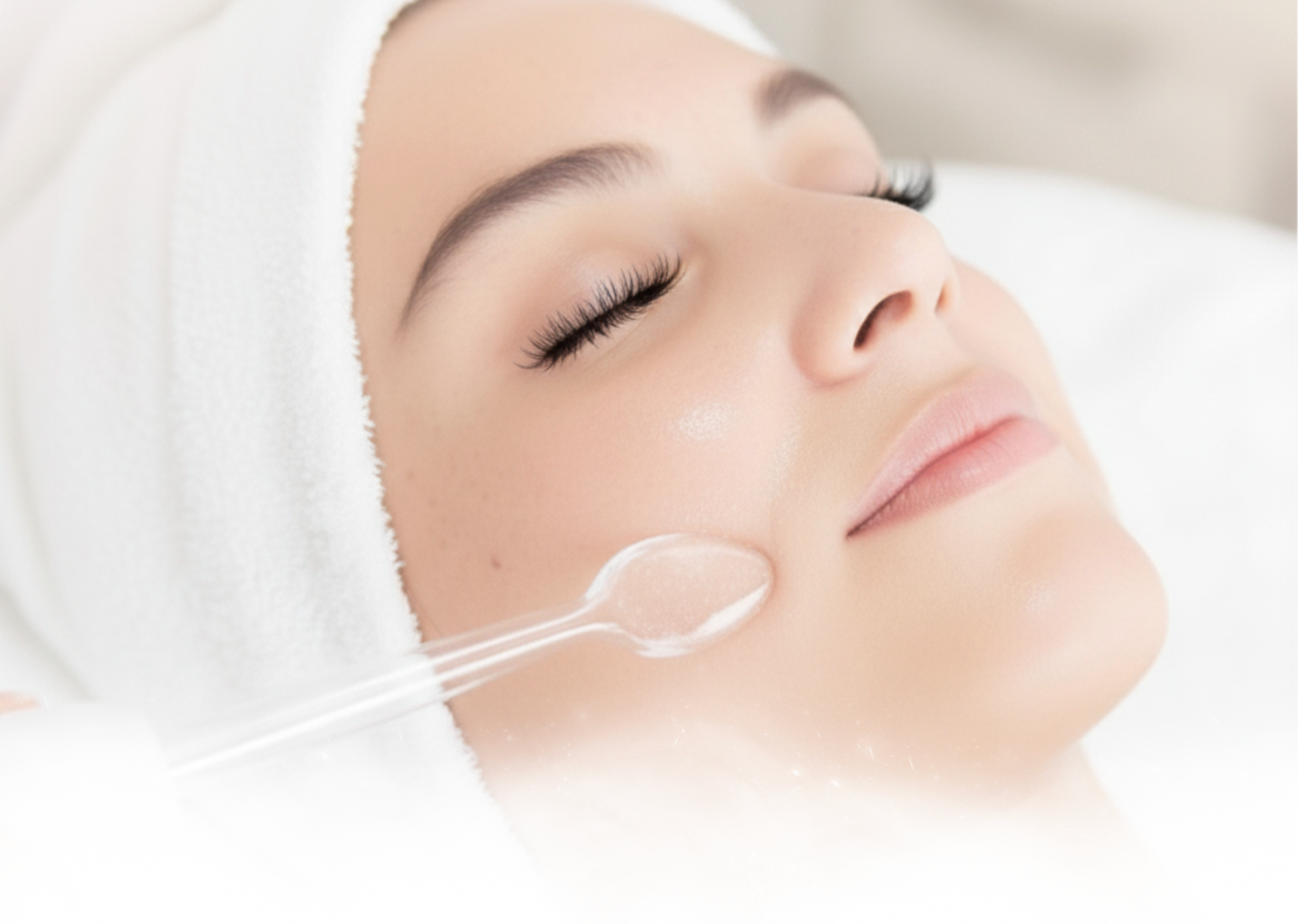Lessons on Exfoliation

Joanna is a proud contributor for DEPARTURES. This article has been reposted from DEPARTURES, click here to view.
WHEN YOU LOOK in the mirror, what is it about your skin that makes you feel the most beautiful? As an esthetician for over 20 years, I always try to be the dream maker for every single client I meet. While I want people to have the best routine possible, I am always mindful of keeping it edited for maximum results.
By far, the most effective way to achieve the skin goals you have set is exfoliation. At the salon, we call it our secret weapon to great skin. Few things feel better than freshly exfoliated, smooth, glowing skin. However, like everything in skin care, you have to find what works best for you. But I can very confidently state that we all need exfoliation, no matter your skin type or skin tone. Your skin, after all, is a barrier between you and the rest of the world — quite literally. It needs to be cleaned and scrubbed regularly if you want it to stay healthy and function properly. Sensitized, reactive, or unhealthy skin can’t protect you from the pollution and bacteria we encounter throughout each day. And, certainly, compromised skin cannot heal properly, which can result in more breakouts or prolonged breakouts that are slow to heal.
As a facialist who still performs seven facials a day, five days a week, I can honestly say that exfoliation is one of the most misunderstood concepts in skin care. What does it make you think of when I say it? Acids and scrubs — skip it? Do it? Beware of it? Feel guilty about it? Forget it? You are not alone. It is the most confusing step and yet, when done the right way, exfoliation can yield the most magical results.
The first basic rule about exfoliation is that you have to find the right balance for your skin. In winter, when your skin is dry and sensitized, you should only exfoliate once a week. The skin’s barrier layer will be compromised by more exfoliation than that, which leads to dry patches, redness, and reactive skin. In summer, when the skin is a bit oilier, you should exfoliate twice a week. This way you can remove the dead skin cells, the surface dirt, and the sunscreen, keeping the texture smooth.
But what should one exfoliate with? The skin care aisle at the drugstore or beauty retailer is filled with options. Please allow me to break down your choices.
Chemical exfoliants, also known as acids, are a great option. Acids have the ability to break down or dissolve the bonds between the living, glowing cells in your skin with the dead cells we shed. This “out with the old, in with the new” approach allows for new strong skin cells to be unveiled, leaving the skin fresher and healthier.
Alpha hydroxy acids, or AHAs, have been used on people’s skin for thousands of years. Lactic acid, used by ancient Egyptians, is quite mild, and is one of my go-to acids at the salon because it can be used on all skin types and all skin tones. You can very lightly dissolve dead skin cells while balancing the skin’s pH, which results in better hydration and more collagen for the user.
Another AHA that’s popular is glycolic acid. Derived from sugarcane, this acid has a smaller molecular structure than lactic acid, so it can travel deeper into the skin, making it way more intense for a greater result. For that reason, I would first do a patch test on the neck before proceeding. Way back, when I was a beginner esthetician, I worked at a day spa that did add-on glycolic peels. I let someone cover me in the peel, and boy, did I regret it! I’m allergic to glycolic and broke out in cystic acne everywhere! That was a painful but memorable beauty lesson. One size definitely does not fit all!
Mandelic acid is one of my favorite AHAs, and is derived from bitter almond. It wins my favor because it is a large AHA molecule, therefore less irritating and slower penetrating than glycolic. It increases the hydration in the skin and serves as a nice anti-inflammatory. It’s great for the texture of the skin and is very effective on acne.
The last, but certainly not least, most popular acid is salicylic. It’s our star beta hydroxy acid for acne because it bears a key difference to its counterparts: While it penetrates the skin as effectively as glycolic acid, it is also oil-soluble, so it can penetrate the sebum in your pores and unclog them! The bonus to this acid is that it also serves as an anti-inflammatory, so it really is great if you are struggling with breakouts but have sensitive skin.
Before you think I am done discussing chemical exfoliation, I want to mention a nice option for people who either can’t use an acid or feel too scared to try. A popular gentler alternative to an AHA or BHA is an enzyme exfoliant. Fruit enzymes like pineapple, papaya, or pumpkin are widely used in skin care because they are great exfoliants without the risk of a reaction. Keep in mind that the results are perhaps slow and steady, but this is a great way to achieve a glow without risking a weekend of redness.
Okay — so we have covered “chemical” exfoliation. Now let’s talk about scrubs. I love the feel of a great, gentle scrub on my skin, but I know a lot of people find the idea of a scrub scary. Make sure you find a product that contains a fine-grained scrub. My own brand’s Exfoliating Mask contains pumice, which can be used even on the most sensitive of skin. While I know some of you may feel like a good scrub is the only way to truly feel “clean,” I would recommend avoiding products that have sharp or uneven ingredients, like nuts. Their uneven surfaces can create micro tears in the skin, which can result in redness, increased skin sensitivity, and infection. Further, scrubbing over a breakout can spread bacteria very easily and should be avoided. Don’t be afraid to use your hands to work the product into your skin in an upward circular motion.
The entire beauty industry is focused on ways we can build more collagen and keep you all glowing. Exfoliation is an easy way to stimulate collagen production in skin, both face and body. I want you to look in the mirror and feel a surge of confidence — let your self-care routine be empowering! At the end of the day, skin care is personal. You have to choose what feels right for your skin. I am here to educate you on your choices, but you are the expert on you!






